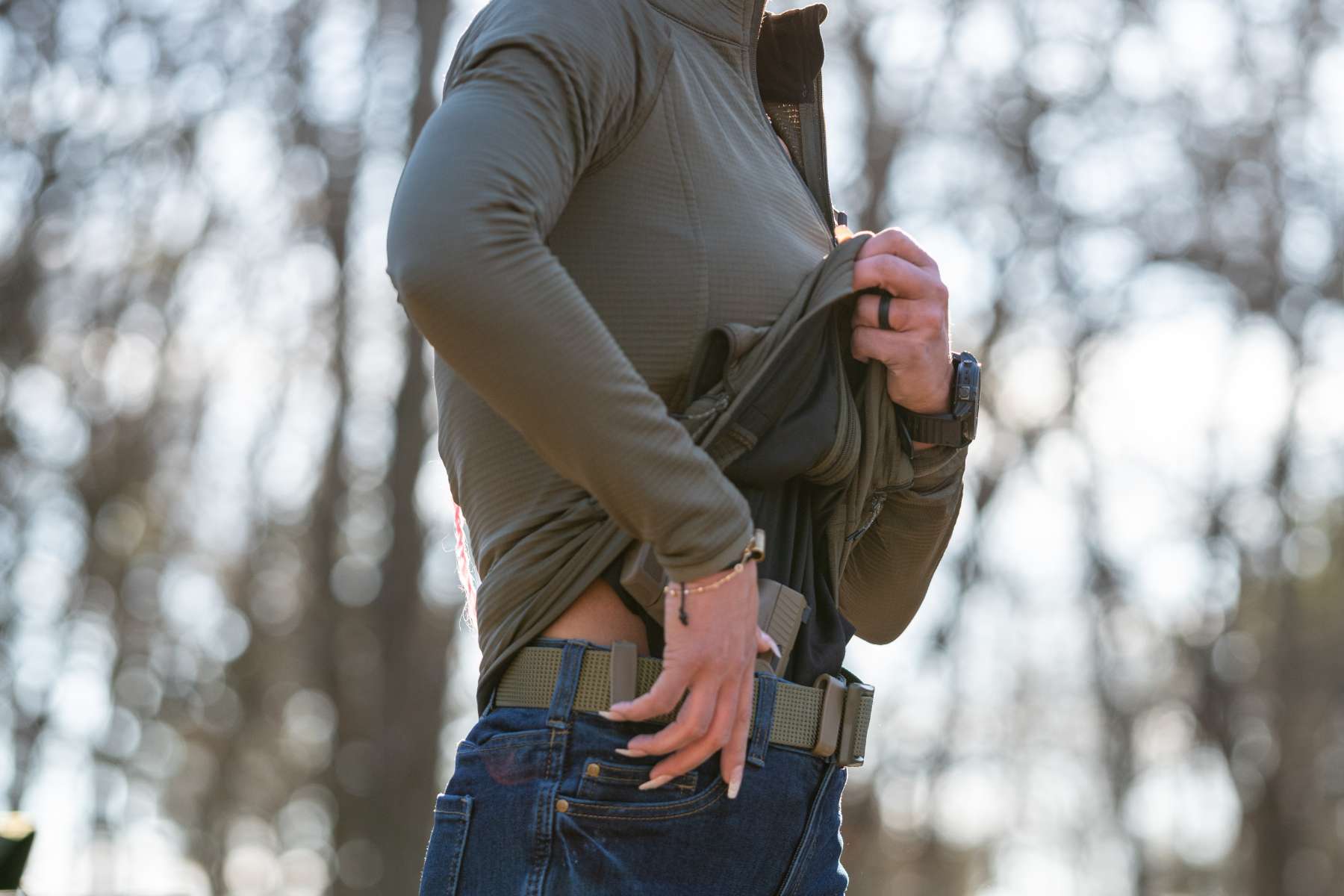Key Takeaways:
- Understanding the practicality and benefits of concealed carry in urban settings.
- Learning the laws and regulations regarding firearms in your city or state.
- Exploring various concealed carry methods and their advantages.
- Discussing the importance of regular training and situational awareness.
- Keeping informed about the latest trends and technologies in personal defense.
Table of Contents:
- Practicality and Benefits of Concealed Carry in Urban Settings
- Understanding Local Laws and Regulations
- Choosing the Right Concealed Carry Method
- The Importance of Training and Situational Awareness
- Staying Updated with the Latest Trends and Technologies
Practicality and Benefits of Concealed Carry in Urban Settings
Carrying a concealed weapon in urban environments offers a multitude of benefits that extend far beyond just personal safety. Cities’ fast-paced nature and densely populated areas make them unique in terms of security requirements. From deterring criminal activities to ensuring personal protection, the presence of a concealed firearm can make a critical difference in a high-risk scenario. Integrating the best clothes for concealed carry into your wardrobe ensures that you’re both comfortable and inconspicuous throughout your day, making it easier to navigate urban spaces without drawing unnecessary attention.
According to a Pew Research study, a significant percentage of Americans believe that carrying a gun makes them safer. This sentiment is particularly strong in densely populated cities where emergency response times can be longer, making personal defense even more crucial. In urban settings, the ability to protect oneself during those crucial moments before law enforcement arrives can be the difference between life and death.
Understanding Local Laws and Regulations
Being informed about the laws and regulations regarding concealed carry in your area is crucial. Each state has its own set of rules, and these can even vary at the city level. In some places, laws are strict and may require comprehensive background checks, fingerprinting, and psychological evaluations before issuing a permit. Understanding these laws and staying updated is essential, as they can frequently change. For accurate and updated information, websites like NRA-ILA provide detailed legal resources. Staying compliant with local laws not only ensures you’re legally protected but also adds to your readiness in situations requiring firearm use.
Understanding local laws helps prevent unintentional illegal actions that could have severe repercussions. Many states also require that concealed carriers complete approved training courses, which teach safe firearm handling, the legal implications of using a gun, and ways to de-escalate potentially violent situations. This ensures that you are both legally compliant and better prepared to handle real-life situations appropriately.
Choosing the Right Concealed Carry Method
Not all concealed carry methods are created equal. Depending on the type of firearm, body type, and personal preference, different methods offer varying levels of comfort and accessibility. Inside-the-waistband (IWB) holsters are popular due to their concealability, while outside-the-waistband (OWB) options offer quicker access. Pocket carry and ankle holsters are also viable options for those seeking discretion. When selecting a method, consider factors like your daily activities, body movements, and the attire you typically wear.
When selecting a method, it’s essential to think through your daily routine. For example, if you spend a lot of time sitting at a desk or driving, an IWB holster might dig into your side and become uncomfortable, whereas an ankle holster might be challenging to access quickly. Conversely, a belly band might be your best bet if you’re a jogger. Experimenting with different options allows you to determine the most suitable method for your lifestyle without sacrificing comfort or accessibility.
Inside-the-Waistband (IWB) Holsters
IWB holsters are a favorite among many concealed carry practitioners due to their balance of comfort and concealability. They tuck the firearm firmly against your body, making it less likely to print through your clothing. This type of holster usually attaches to your belt and fits between your inner waistband and your body, which provides a snug fit. However, choosing the right IWB holster often involves trying several to find the one that fits you best.
Outside-the-Waistband (OWB) Holsters
OWB holsters offer better access and faster draw times but may require larger or looser clothing to conceal effectively. Many users find them more comfortable for extended wear, but they can be more difficult to keep entirely hidden. The versatility of OWB holsters makes them a preferred option for those who prioritize quick draw speed over concealability. With advances in design, some OWB holsters are now as discreet as their IWB counterparts, offering a good mix of accessibility and concealment.
Pocket and Ankle Carry
Pocket and ankle holstering provide additional concealment options. These methods are excellent for smaller firearms and can be beneficial for specific circumstances like formal attire where waistband carry isn’t feasible. While these methods may not offer the fastest draw time, they provide the necessary discretion in social and professional settings. It’s also important to practice drawing from these positions to ensure you can access your firearm quickly and efficiently when needed.
The Importance of Training and Situational Awareness
Having a concealed weapon is not just about carrying it; it’s also about knowing how to use it effectively in high-pressure situations. Regular training sessions are imperative for honing shooting skills and developing muscle memory. Attending courses at trusted academies can significantly improve your overall competence and confidence. Training isn’t just a one-time affair; it’s an ongoing commitment to maintaining and improving your skills.
Equally important is situational awareness, which involves being mindful of one’s surroundings and identifying potential threats before they escalate. This can range from recognizing suspicious behaviors to understanding the layout and exits of environments you frequent. Good training and sharp situational awareness can be a game-changer in critical moments. Practice makes perfect, and regular drills ensure your responses become second nature.
Staying Updated with the Latest Trends and Technologies
The landscape of personal defense is continuously evolving. Technological advancements and industry trends can dramatically impact the efficacy of your concealed carry setup. Whether it’s the latest in holster technology, firearm accessories, or even smart guns, staying informed can provide an edge. Regularly reviewing reliable sources such as firearm magazines and American Rifleman can help you stay ahead of the curve. Awareness of what’s new in the market allows you to effectively adapt and improve your concealed carry practices.
Features like micro red dot sights, advanced retention holsters, and improved ammunition types can provide significant benefits. By staying current with these innovations, you ensure that your approach to personal defense is as effective as possible. The right accessories can enhance your firearm’s performance, improve your draw speed, and increase your overall effectiveness in a critical situation. Continuous learning and adaptation are essential components of responsible concealed carry.



